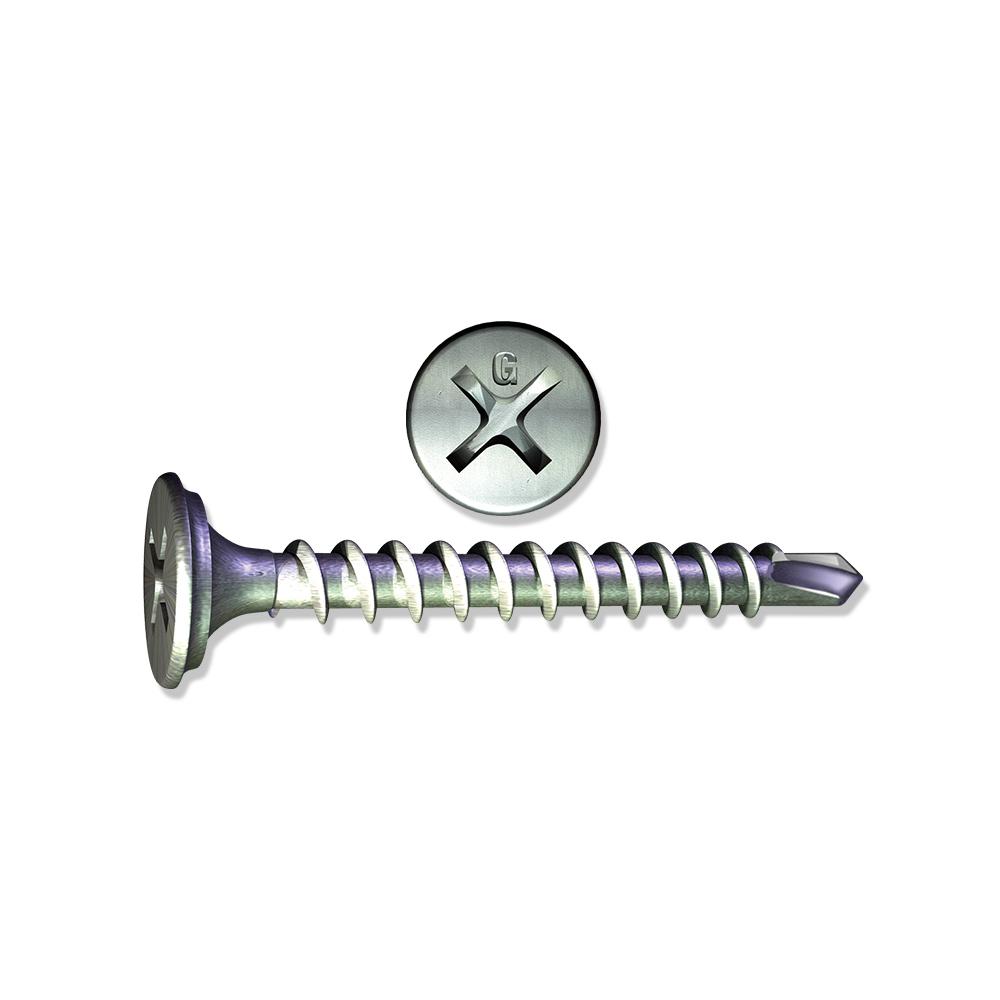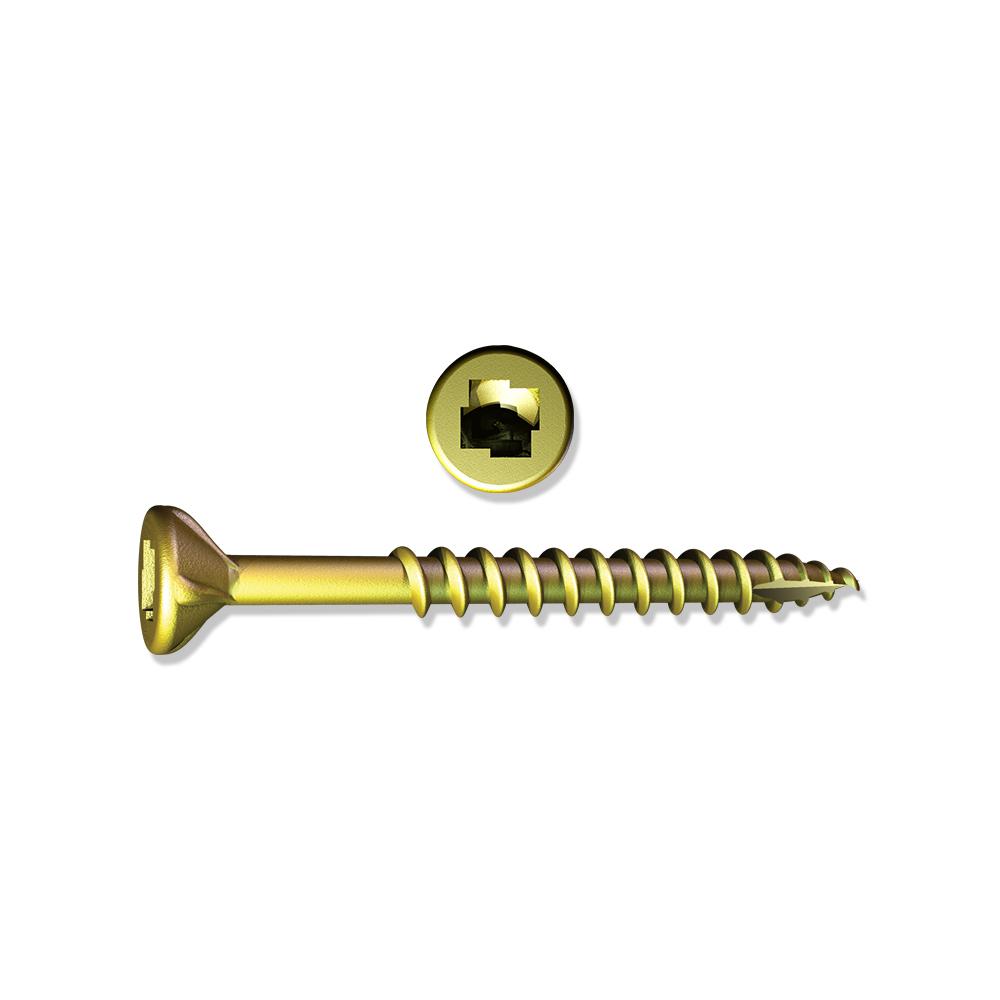



Head: To stay flush to drywall, many of our drywall screws have bugle or wafer heads.We also offer options with hex, square or Robertson drives. Drive: The majority of our drywall screws feature a Phillips drive for compatibility with most tools on the market.If you need a number you can't find on our online store, please contact us and we'll source it for you. Diameter and size: We sell most drywall screw sizes between six and 10.You'll also find screws with distinctive yellow or blue zinc coatings. Coating: Most of our drywall screws feature a black phosphate or clear zinc coating for corrosion resistance.We offer a wide range of drywall screws from names such as Grabber. These heads help a drywall screw stay in place while avoiding creating a "nail pop."ĭrywall Screws From Construction Fasteners and Tools Heads: Both standard and drywall screws feature many heads, but drywall screws commonly have bugle or flat heads.Meanwhile, a drywall screw will have a size between six and 10 that demonstrates its number of threads per inch. A standard screw will have a number between zero and 20 that indicates its diameter. Sizes: Wood and drywall screws have different sizes and sizing systems.Most drywall screws feature case-hardened steel and a corrosion-resistant finish such as black phosphate. Materials: Standard screws come in a variety of materials, including stainless steel, zinc-plated steel, silicon bronze and brass.Drywall screws can break in moderate or heavy building tasks, leaving behind a headless screw. Purpose: While wood screws suit general building projects, drywall screws have a more brittle structure that makes them better for drywall.The differences between drywall screws and regular screws for building include: How Are Drywall Screws Different From Regular Screws?įor projects involving drywall installation or repair, drywall screws offer a stronger hold than regular screws. Q-Deck Hangers For Roofing and Concrete.Shop Construction Air Compressors Online.It is not necessary to remove the failed screw the hole can be fixed by mudding it over with taping compound during the finishing process. If you hear a popping sound, it means the head of the screw has punctured the paper, and that you'll need to drive another screw alongside the failed one.

This means that the screw is not properly holding the drywall to the stud. Should you drive the screw too far, the screw head will completely puncture the paper and end up buried in the gypsum core of the drywall panel. But if you don't drive far enough, it will be difficult, if not impossible, to cover the screw head with taping compound. If the edges are sharp, that means that the screw went down too far. When the screw is perfectly sunk, the edges of the paper around the circle will be slightly rounded inward. Slow and stop the drill as the head of the screw reaches the paper and a dimple forms.
#Drywall grabber screws driver#
Just make sure the driver bit is secure on the head, give the drill some pressure, and slowly begin screwing again. The best option, if you can do it, is to drive and sink the screw head in one smooth action, without stopping the drill. Slow, consistent speed results in a better-installed drywall screw. The Spruce Home Improvement Review Board.


 0 kommentar(er)
0 kommentar(er)
